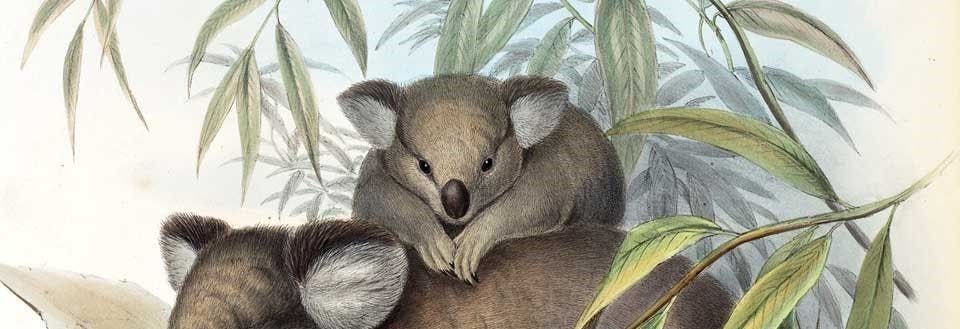Darwin, Charles (1809-1882).
A Monograph on the Sub-class Cirripedia. London: Ray Society, 1851-54.
In 1846, Darwin was trying to sort out some of his last remaining Beagle specimens, one of which was a tiny parasitic barnacle that he called Arthrobalanus. In the weeks that followed, he came to realize that no one really knew anything about the life cycles of barnacles, known to scientists as Cirripedia, and so he set out to educate himself about these tiny crustaceans. The weeks stretched to months, and then to years—eight years in all. He borrowed barnacles from anyone who would lend them, and his study at Down House was soon filled with thousands of specimens, which Darwin proceeded to dissect at his microscope and organize into genera and species. By the time he dissected his last, he had gathered material for four highly detailed volumes: two on living barnacles (exhibited here) and two on fossil barnacles. When the last volumes appeared in 1854, no one could say that Darwin was unqualified to talk about species and their origin.

